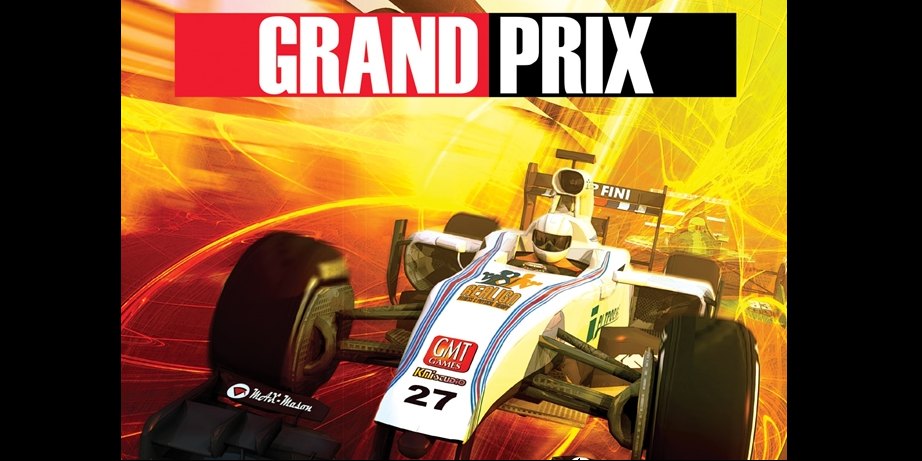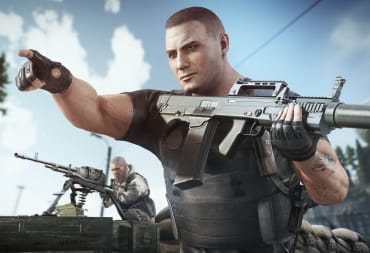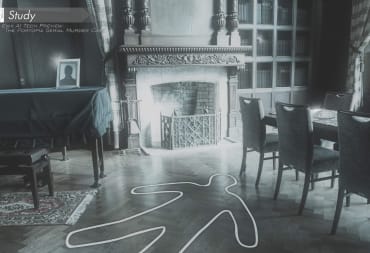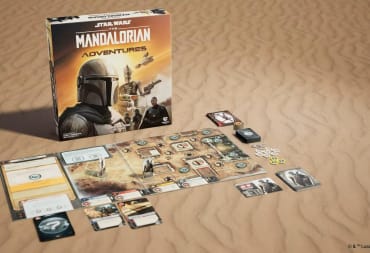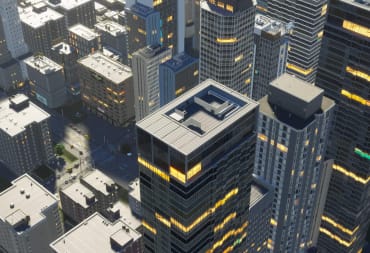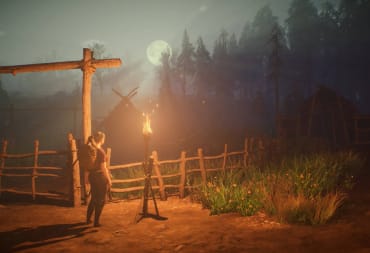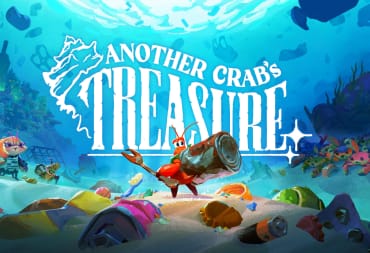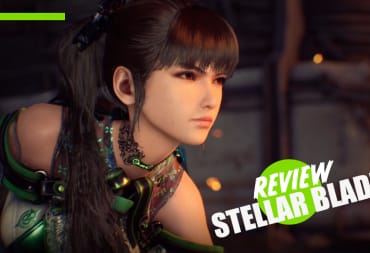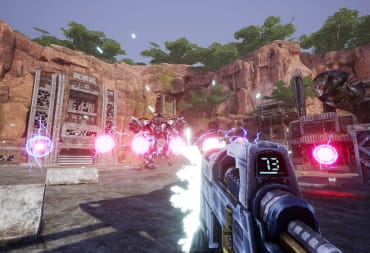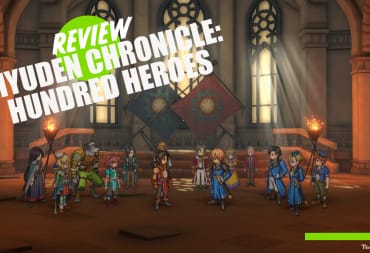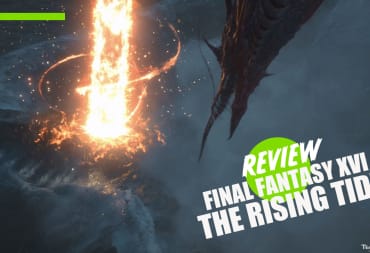Open wheeled racing is thrilling for a number of reasons. There is the roar of the engines, the visceral speed, the knowledge that the drivers are pushing their cars to the very edge, flirting with disaster. Racing also has a more subdued, strategic side. Amid the noise, speed, and chaos the drivers and their teams weave, maneuver, jostle, plan, and position themselves to take advantage of the prime racing line, the positioning of the other cars, when to push, when to hold back and when to pit. It's a brilliant dance played out at breakneck speeds, a dance that Grand Prix, the newest racing game designed by Jeff and Carla Horger, does its best to replicate.
Let's start by talking about speed. Abstracting speed is tricky, and I've yet to see a board game that actually feels fast without some gimmicky timer or a wonky dexterity element. The cars in Grand Prix can fly around the track, eating up huge chunks of tarmac quickly, but it still doesn't really translate to a sense of speed. If you are hoping to feel your heart race, your palms sweat and your adrenaline flow as you drive your car at your limits, you are going to be disappointed with this game. With that being said, let's talk about what Grand Prix gets right, which is just about everything else.
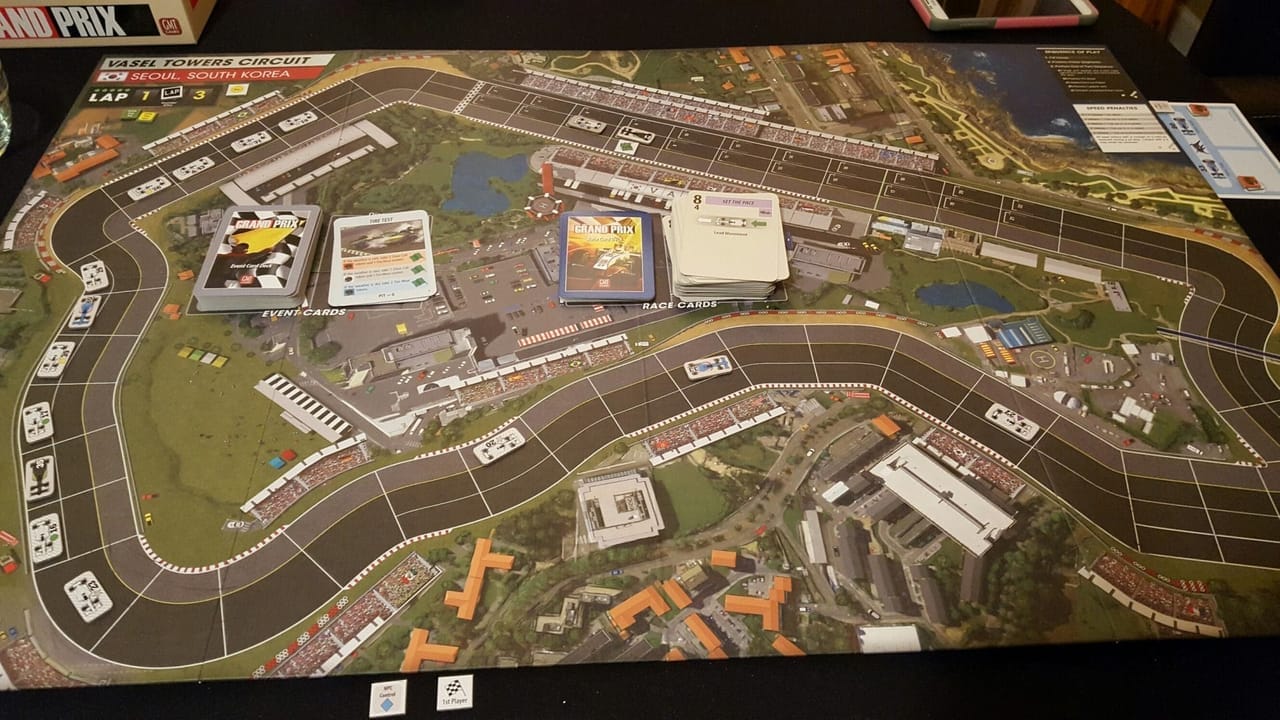
Instead of putting you in the shoes of an individual driver, Grand Prix takes place at a pulled-back, higher level that abstracts many of the intricacies of the car and driver in favor of placing the emphasis on strategy and timing. Each race always starts with a full grid of 22 cars, 2 per player team plus NPC cars to fill out the grid, and, unless played with a full player count, players are going to take turns activating both their cars, and the neutral NPC cars throughout the race. Cars are activated via Race cards, and it's those cards, and how and when you choose to play them, that make up the meat of Grand Prix.
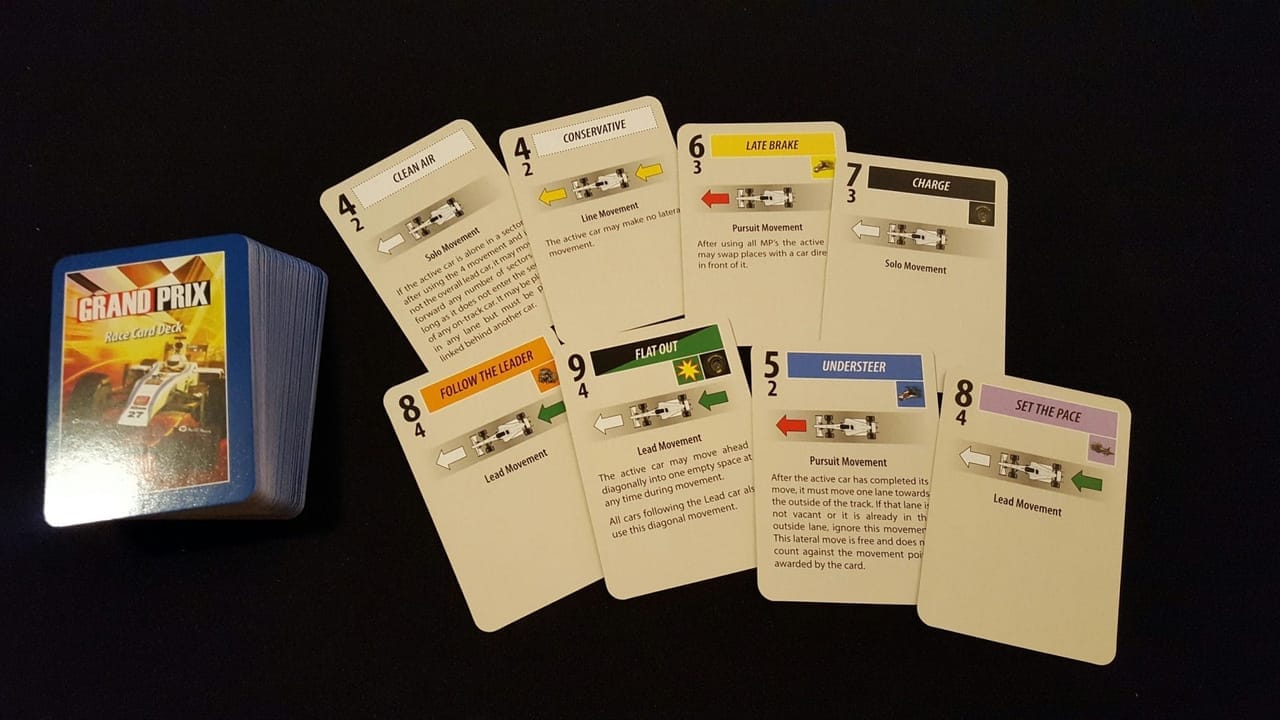
Race cards have a plethora of information on them that determine how far the affected car will move, if using that card will cause any wear to the car or its tires, and how the cars in front of, and behind the activating car react to that movement. Generally, the further a card will allow you to move a car, the more wear and tear the car will sustain when you activate it with that card. In practice, this means that you need to balance your car's speed against its condition. If you push your car too hard, and cause too much wear and tear, your car will begin to take speed penalties from that damage. You can repair most of the wear that your cars sustain, but spending too much time in the pit can put you out of the race.
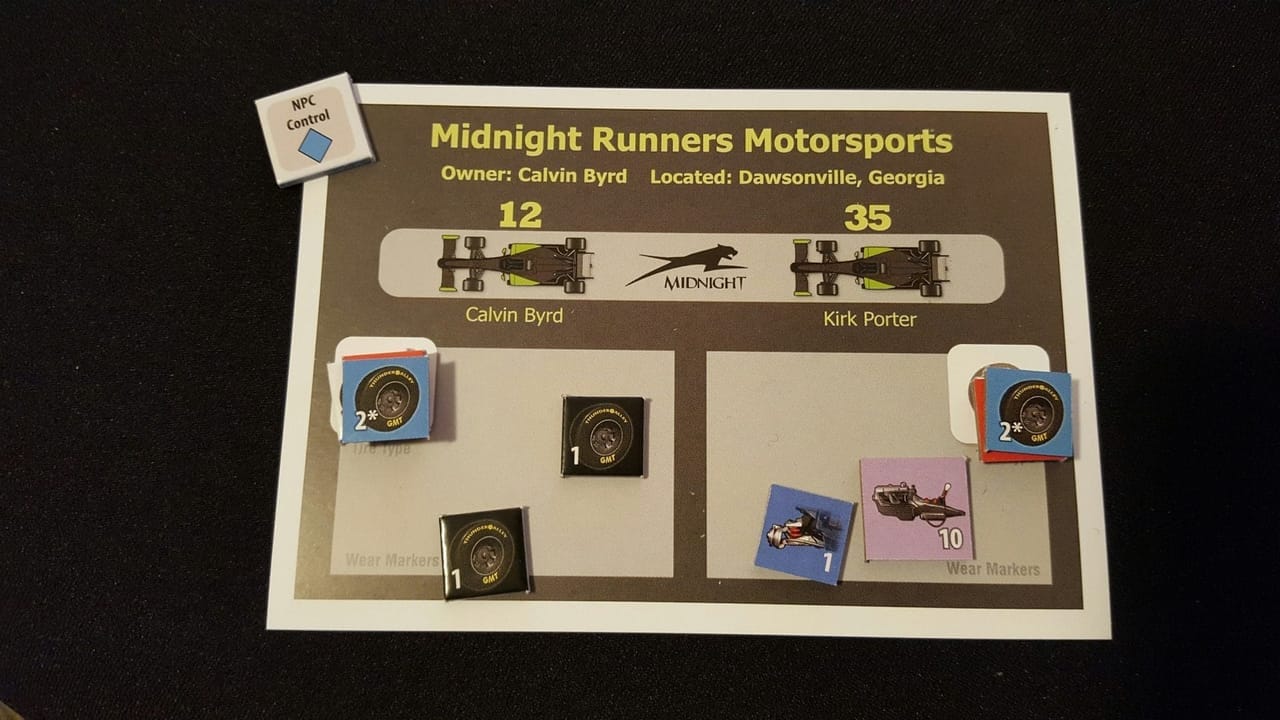
In contrast with the player cars, the neutral NPC cars don't sustain wear, and pit at random between rounds. For the majority of player counts there will be NPC cars on the board, and it can be as important, or more important, to position yourself to take advantage of NPC movement, and your opponents' movement, as how you choose to activate your own car. The type of movement shown on each Race card determines whether the cars in front of or behind the active car will move with it. If you position your car carefully, and maintain that position, you can eat up huge sections of track as the other cars push or pull you along. While you can't ever be sure exactly what type of movement your opponent will play, you can often position yourself in a way that forces them to either waste movement to get around you, or take you along with them.
There is a bit of weirdness with the NPC cars, because they are controlled by the players. They never act in their own interest, rather, they are almost exclusively used for the players' benefit, whether that be to move the player cars further down the track, or clog up and block other players. It does feel a bit weird to have a number of cars that aren't even trying to win the race for themselves but, aside from the thematic disconnect, having those cars on the track really increases the game's depth and strategic possibilities.
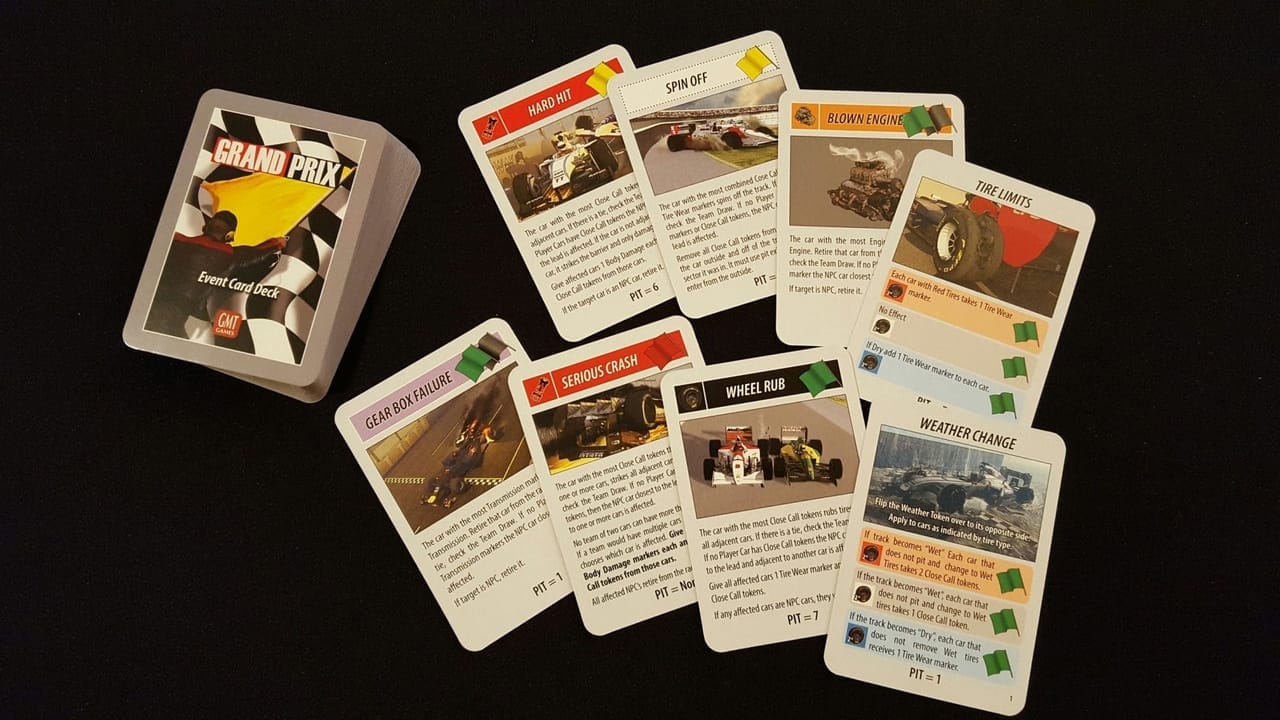
On top of wear, cars can also take Close Call markers for taking risky maneuvers. These markers don't effect the cars' speed, but can have dire consequences based on the Event deck. At the end of each round, an Event card is drawn that will have some effect on the race, as well as determining which NPC cars will pit. The cards may effect all cars with a certain type of wear, change the weather, or even cause a car that has been too reckless to crash. There are 32 Event cards in the game, and only a small handful will be drawn in a regular 3 lap race, so it's up to each player just how far they want to tempt fate in order to get ahead. The Event deck is fun, and increases tension during the race. If you play too conservatively, the player taking more risks will usually win, but if you are too gung-ho, you can find yourself facing some serious consequences.
Even with a field full of NPC cars, the races that I've played have, with one exception, been incredibly close. There are four tracks in the box, and each plays very differently. Points are awarded for the top 10 finishers, and the team that ends up with the most points overall wins, and there is an included season mode for people who want to carry their points from race to race. Overall, Grand Prix has incredible replay value, as even races played on the same track never play out the same way.
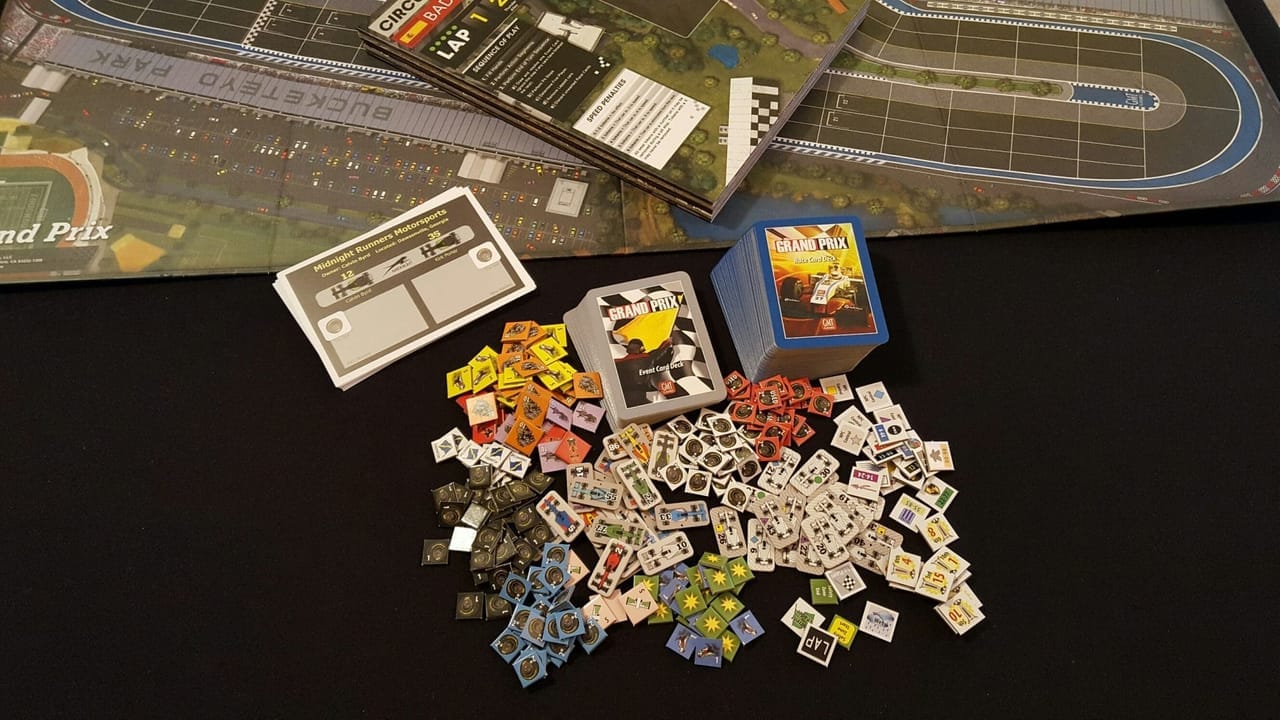
A note on player count: Grand Prix plays anywhere from 2 players up to an astonishing 11(!!!!). When played with 11 the entire grid will be filled with player cars, so there wouldn't be any need for players to control any NPC cars. Outside of a convention, I can't imagine being able to pull 11 players together to simultaneously play through, or even pay attention to, a single race from start to finish. Thankfully, the game plays well with lower player counts, and remains exciting with as few as 2 players.
A note on chrome: GMT Games puts out high quality products, and Grand Prix continues that trend. Both of the boards have a racetrack printed both front and back, the cards are all very nice, and the cardboard chits are all excellent, although the Team cards are on the thin side. The rulebook is well laid out, and easy to reference and the whole product, from top to bottom, just oozes quality. The only real downside to the components is the difference between the light and dark sides of the cars. The difference is rather subtle, and it can be hard to tell without looking closely which side of each car is showing unless it is close to another car that is flipped already. This is an unfortunate blemish on an otherwise superb production. I got around it by putting a dot on one side of each car chit, but I wish I hadn't needed to.
The bottom line:
Grand Prix is probably best viewed as much as an abstract strategy game as a pure racing game, and it is a somewhat divisive game in my game group. While I think it feels just like racing, most of the others I've played with think it feels too abstract. The biggest disconnect with most of the people that I've played with comes from the fact that activating the NPC cars, and how they interact and help your cars, is as important to your success as what you do with your own team of cars. It feels natural to me to use the NPC cars to my advantage, but others think that it feels odd to activate those cars solely to your own advantage. Even though the cards move rapidly around the board the game doesn't really impart a true sense of speed, and you will be entirely reliant upon your strategy, and tactics to win the day. For me, it feels like it captures the cerebral parts of racing very well. Grand Prix will suit you if you want a game that focuses on the maneuvering, positioning and overall flow of racing. If you are looking for a game that really makes you feel the g-forces of screaming around a track at high speeds, slamming through gears while weaving through and around the other racers at breakneck speed, you are going to need to look elsewhere. If you are a fan of the more strategic aspects of racing then Grand Prix is sure to rev your engine.
Get this game if:
You enjoy the strategic parts of racing as much or more than the speed of racing.
You like games that rely on your ability to mitigate luck.
You like games that place the emphasis on your ability to outmaneuver your opponents.
Avoid this game if:
You want a racing game that places emphasis on pure speed.
You want a racing game that puts the focus on single cars, rather than the entire field of cars and the flow of the race overall.
The copy of Grand Prix used for this review was provided by GMT Games.
Review Summary
If you are a fan of the more cerebral aspects of racing then you should give Grand Prix a serious look. Strategic planning, and decision making are key to winning races, which usually come down to the wire. If you think positioning, planning, maneuvering, and calculated risks are more important parts of racing than pure speed, you'll find a lot to love in Grand Prix.
(Review Policy)Have a tip, or want to point out something we missed? Leave a Comment or e-mail us at tips@techraptor.net
